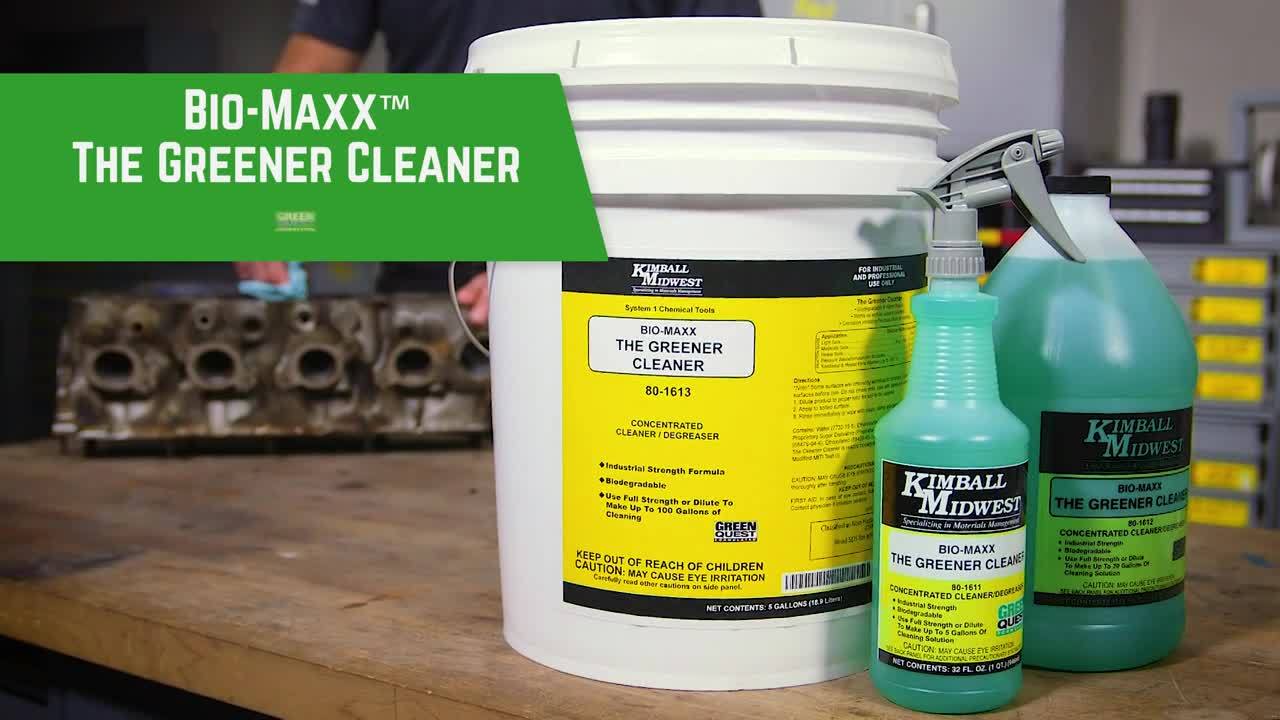In early February, Punxsutawney Phil announced that spring was … “right around the corner.”
Sure.
Whether you believe that overgrown mouse or what the calendar actually says, if you live in a continental climate (spoiler, most of the U.S. does) you are going to have to watch the weather map and pick up the trends yourself to know when the right time is to begin outside work.
But that doesn’t mean you shouldn’t be ready for it.
So, the first thing you need to do is start stocking up. Make sure the chemicals you’ll need for your exterior jobs are well supplied. It’s better than the alternative, which is continuing to work inside on the first 60-degree day because you don’t have all the items you need. Let’s face it, at that point you are going to order them, wait a day and when they get to you it’s going to be 26 degrees and snowing … again. So, stock up now.
The most important part of being able to stock up is organization.
How do you do this? Is it lists? Spreadsheets? Whiteboards filled with notes? Can you keep all of that straight in your head? Everyone has a way that works for them, but if you are just starting out or looking for new ways to organize, here are a few tips to get ready for your work in the great outdoors.
Get Your Job Down on Paper
Whether it’s a formal pencil-and-paper list, or the aforementioned whiteboard or spreadsheet, make sure you have it somewhere you can look at it time and again, and be able to adapt it quickly.Are the words “paint” or “clean” enough to remind you? Or do you need to flesh it out further? Maybe paint means your parking lot needs help, as do the cement barriers and a few signs to make your property look fresh. Get it all down and then figure out what you need for it. Can it be accomplished with spray paint? What colors do you need? Need brushes? An inverted sprayer to make it go quicker? Take the few minutes it necessitates to think through the job and list all the items and workers you’ll need to get it done right and on time.
How about cleaning? Is soap and water enough to do the job? Window cleaner? Do you need a degreaser? How about buckets, sponges, brushes, ladders, squeegees?

Slice your project thin
Let’s stick with the current cleaning and painting model.Take the parking lot, for instance. Of course you want to paint and get it done, but starting there is clearly not the way to go about things. So, when making your list, detail every step of the process:
- Sweep/rake the parking lot (pick up all leaves, debris, trash)
- Degrease oil spots
- Clean around cement barriers and fences
- Rope off areas to be painted in parking lot
- Paint signposts (green)
- Paint large sign pole (black)
- Paint parking blocks (yellow)
- Paint sidewalk step (red)

If you need to take it a step further, make a needs and crew list under each bullet so you can really keep yourself organized and know that when you start your project, everything will be ready to go.
Do the project that causes the most anxiety first
Do you have a bunch of different projects to do? You have your list, right? Pick the one that you are the most worried about and get to work.Doing the project that you assume will cause you the most frustration can do one of two things. It can either go much smoother than you anticipated, making you wonder why you spent so much time wringing your hands; or it can be just as frustrating as you thought it might be. Either way, at the end of the day (hopefully), the big project is out of the way and it is a huge burden off your shoulders, freeing you up to get more done.
Think about what can happen if you don’t do it
Sticking with the cleaning/painting example, what’s the worst thing that can happen if you don’t get it done? Well, your doors probably won’t close and you likely won’t lose too many customers, but will you gain any? Making your space clean and bright, no matter what your actual job is, attracts customers. Being well represented on the outside will at least give you the opportunity to get someone in the door.If the job is fixing one of your work trucks, the consequences could be more dire. If you don’t fix the broken one in a timely manner, what happens when the next one breaks?
Take a moment to look at your business – as many facets as possible – from the outside and look at it from a prospective customer’s outlook. If you find it difficult, ask a friend to come by and take a look. Don’t be afraid to be critical; it can help you get better.
.png?width=131&height=58&name=image%20(40).png)

